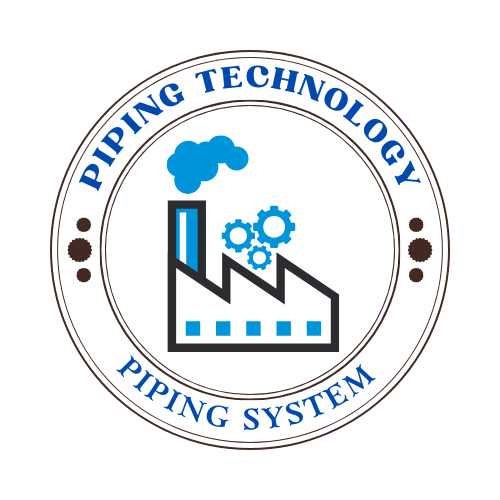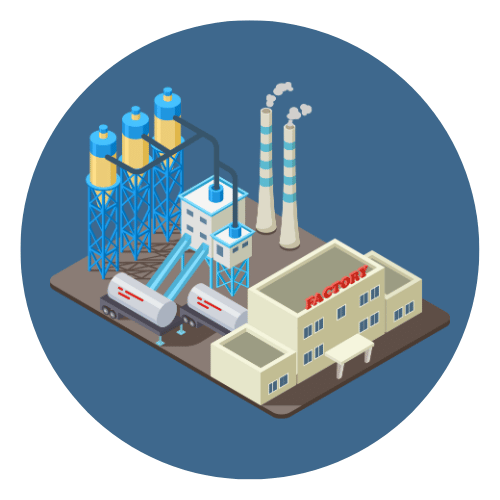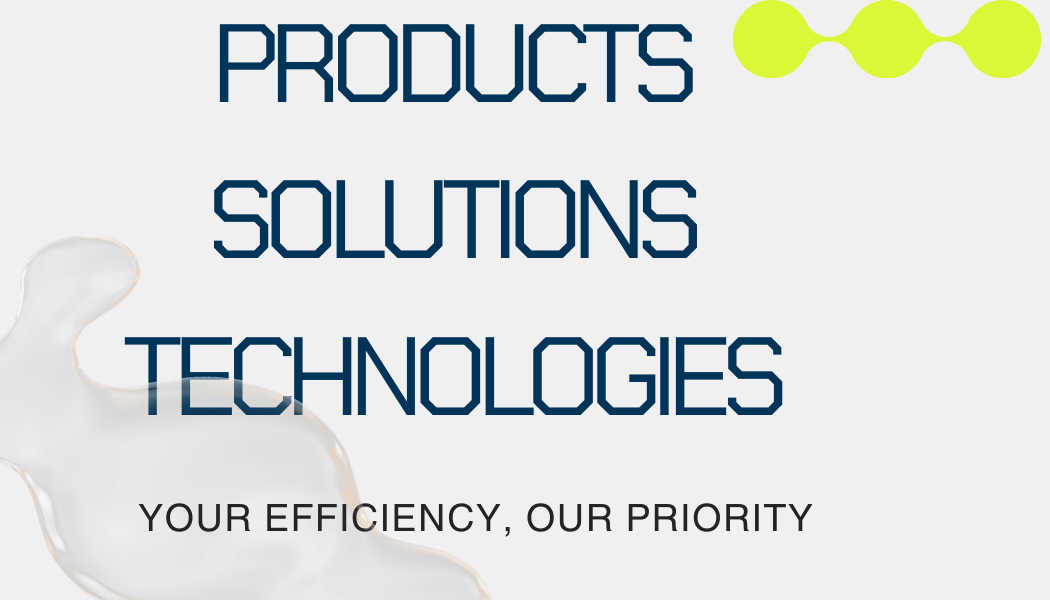Compression fittings are a fundamental component in countless fluid and gas systems, offering a reliable and convenient method of joining tubes and pipes without the need for soldering, welding, or threading. These small but mighty connectors are widely used across residential, commercial, and industrial settings — from everyday plumbing to the most intricate instrumentation systems in oil refineries, chemical plants, and laboratories.
The core concept behind compression fittings is simple yet effective: they create a secure, leak-tight seal by compressing a metal ring, known as a ferrule, between a nut and the body of the fitting. This design allows for strong connections that can handle high pressures and varying temperatures while still being relatively easy to assemble and disassemble — a feature that’s especially useful in systems that require frequent maintenance or reconfiguration.
Compression fittings have a long history dating back to the early developments of modern piping systems. As the need for safer, more adaptable, and more durable connections grew, engineers and manufacturers refined the design and materials of compression fittings to meet increasingly demanding applications. Today, they’re available in a wide variety of types, sizes, and materials to suit specific needs, including brass for plumbing, stainless steel for corrosive environments, and advanced polymers for specialized industrial uses.
What makes compression fittings particularly appealing is their versatility and performance. Whether you’re dealing with water, air, steam, hydraulic fluids, or chemical gases, compression fittings provide a robust solution with minimal installation requirements. Their widespread use in industries like HVAC, oil and gas, pharmaceuticals, and food processing is a testament to their reliability and efficiency.
In this comprehensive guide, we’ll explore everything you need to know about compression fittings — how they work, the different types available, proper installation methods, real-world applications, and how they compare to other fitting technologies. Whether you’re a professional engineer, a technician, or just a curious DIY enthusiast, this article will give you a deep dive into the world of compression fittings.


 Automation System
Automation System  Energy Engineeing
Energy Engineeing  Instrumentation System
Instrumentation System  Mechanical Engineeing
Mechanical Engineeing  Piping Technologies
Piping Technologies  Transportations
Transportations  Manufacturing
Manufacturing  Training Material
Training Material 













